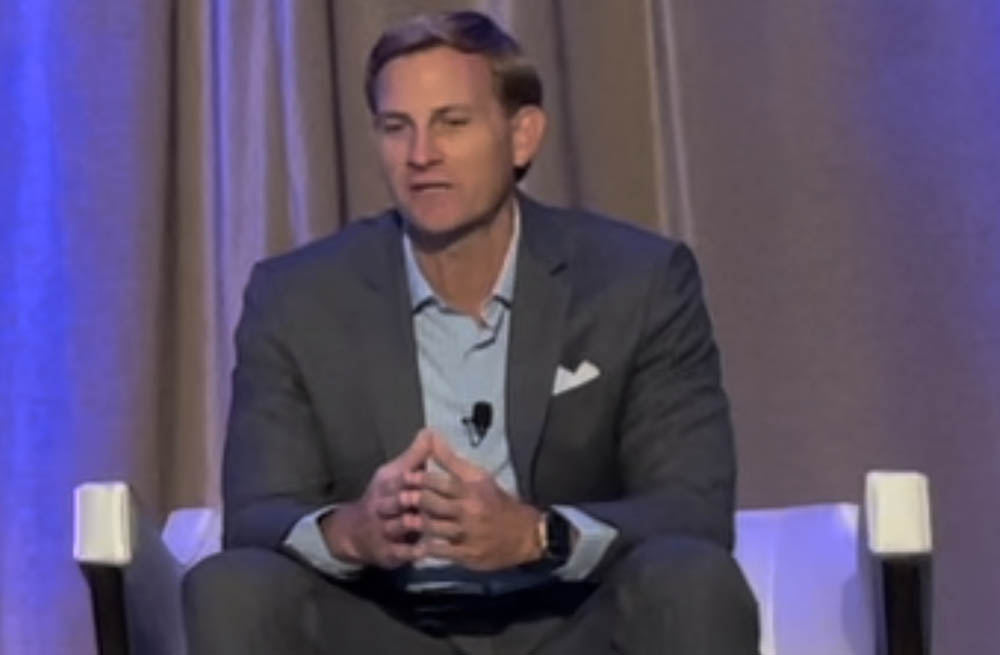LPL Financial has expanded its liquidity and succession offering, where the independent broker/dealer acquires advisory practices, to unaffiliated advisors, the firm announced during DeVoe and Company’s annual M&A+ Succession Summit last week.
Under LPL’s liquidity and succession program, introduced to LPL advisors 16 months ago, the IBD acquires practices with principals nearing—but not yet at—retirement and commits to spending 10 to 13 years supporting a next generation that will eventually have the option to take control without the steep price tag—or any price tag.
It allows current owners to receive market value for their firm today, according to LPL Executive Vice President of Strategic Business Development Jeremy Holly, without freezing out younger advisors who may be qualified but undercapitalized.
“They’re not having to come out of pocket or take down a bunch of debt to take over,” he said. “And the principal seller doesn’t have to take a steep discount to sell their practice to that next generation.”
Under the program, LPL buys 100% of the practice from a principal or principals who are generally expected to remain for about three years. Either they have already identified next-gen talent to take over their business, or LPL provides them with matched options. Chosen successors then run the firm while completing a 10-year ‘successor advisor’ program before taking it over and deciding what they want to do with it, said Holly.

LPL’s Jeremy Holly speaking at the DeVoe & Company M&A+ Succession Summit.
“We’re essentially handing the practice back over to G2 because they’ve done their time. LPL will have gotten its return on its capital, and we’re comfortable with handing the reins back,” Holly said, suggesting many will choose to remain within the LPL ecosystem.
Acquired firms are added to LPL’s employee advisor channel, Linsco, and may maintain their own brand and client relationships while offloading middle- and back-office functions. The same goes for external advisors. The program was initially developed as a solution for advisors in LPL’s independent channel, who were having to look elsewhere to monetize their business or transition to a new generation, or both.
“So, we figured, why would they have to do that? We can solve that,” Holly said.
With more than 20 firms onboarded since last May, he said LPL saw an opportunity to offer the program to all advisors and has already developed a “nice pipeline for external opportunities.” RIAs, IBDs and wirehouse breakaways are all potential targets, and succession doesn’t have to be their primary goal. The expectation is to increase the number of acquisitions “exponentially” over the coming years.
“We want to do 30 or 40 next year, and so on,” Holly said.
LPL expects to compete with other large platform acquirers, virtually all of whom are backed by private equity. But Holly said they’re only likely to be in direct competition with smaller acquirers able to afford practices already bringing in $1.5 million in annual revenue or more.
“I’ve heard advisors say that we’re going to be competition for them,” he said. “But we’re just offering another option in the marketplace. … We saw a really big gap, and we put together a solution to address something that not everyone can address. And, the size of the practices we’re buying, not everyone can afford that.
“So, I guess you could say maybe we’re competing, but there’s just so much opportunity and consolidation happening that will continue to happen.”
“It’s a good sign that LPL is moving into acquisition mode,” said Jared Chase, director of M&A and business development at SEIA. “That tells me we are in the right place with our firm objectives of looking for right-fit advisors and teams. There’s a benefit to all of us when a major player enters the game in that it forces other firms to make sure their value proposition stacks up well against all available options.”
Holly said the plan is to expand the ways in which advisors can do business with the firm, while at the same time adding tools and capabilities to serve existing advisors better. Acknowledging that LPL’s mission to be all things to all advisors may hit a natural limit at some point, he said he doesn’t expect that point to come any time soon.
“Will there come a time when we reach a limit? Yeah, possibly,” he said. “But again, if you continue to grow and scale and reinvest into that process, that’s the key. The more LPL grows, the more we invest in our advisors and the capabilities to support our advisors. So, it’s one of those things where it’s a nice virtuous cycle, and there doesn’t have to be an end.”










